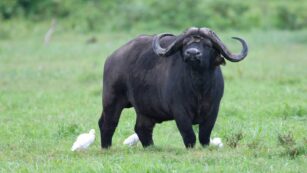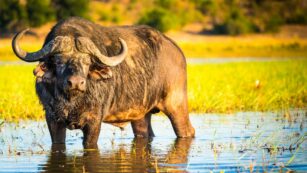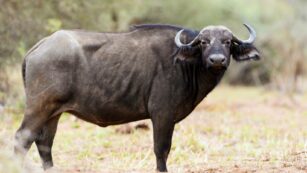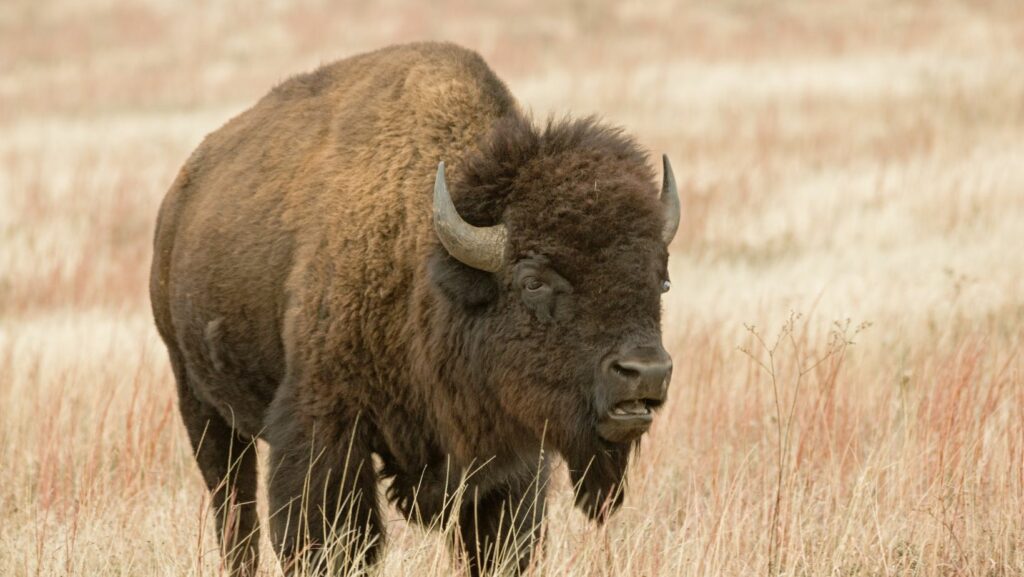In the world of digital art, the term drawing:vexab_xkv8m= buffalo might sound like an enigma, yet it represents a fascinating intersection of creativity and business technology. This unique phrase is more than just a string of characters; it’s a gateway to exploring innovative drawing techniques that capture the essence of buffalo imagery. As artists seek new ways to express their vision, understanding the nuances of this digital approach becomes essential.
Buffalo, with their majestic presence and cultural significance, have long inspired artists across various mediums. By delving into the digital realm, creators can harness advanced tools to bring these powerful creatures to life with unparalleled detail and vibrancy. The blend of traditional inspiration and modern technology opens up endless possibilities for both novice and seasoned artists alike. As they navigate this digital landscape, they’ll discover how drawing:vexab_xkv8m= buffalo can transform their artistic journey.
Drawing:vexab_xkv8m= Buffalo
 Exploring drawing:vexab_xkv8m= buffalo offers an innovative avenue in digital artistry. Artists use advanced technology to bring buffalo imagery to life, merging traditional themes with modern techniques. Digital tools offer precision and flexibility, enabling artists to create detailed representations of buffalo, adapting colors and textures to enhance visual appeal. This approach taps into historical symbolism while providing fresh creative possibilities. Artists, regardless of experience level, find new inspiration through these digital methods, masterfully blending creativity and technology to capture the majestic essence of buffalo in art.
Exploring drawing:vexab_xkv8m= buffalo offers an innovative avenue in digital artistry. Artists use advanced technology to bring buffalo imagery to life, merging traditional themes with modern techniques. Digital tools offer precision and flexibility, enabling artists to create detailed representations of buffalo, adapting colors and textures to enhance visual appeal. This approach taps into historical symbolism while providing fresh creative possibilities. Artists, regardless of experience level, find new inspiration through these digital methods, masterfully blending creativity and technology to capture the majestic essence of buffalo in art.
Tools and Materials
Recommended Supplies
 For digital art, artists benefit from using quality tablets and styluses. Tablets like Wacom Intuos or iPad Pro with Apple Pencil offer precision and control. Software such as Adobe Photoshop, Procreate, or Corel Painter aids in utilizing diverse brushes and effects to imitate traditional techniques. For traditional drawing, artists should have pencils of various grades, from HB for light sketches to 6B for dark shading. High-quality paper such as Bristol or watercolor paper allows detailed textures and shading. Erasers and blending tools, like tortillons or blending stumps, enhance shading effects.
For digital art, artists benefit from using quality tablets and styluses. Tablets like Wacom Intuos or iPad Pro with Apple Pencil offer precision and control. Software such as Adobe Photoshop, Procreate, or Corel Painter aids in utilizing diverse brushes and effects to imitate traditional techniques. For traditional drawing, artists should have pencils of various grades, from HB for light sketches to 6B for dark shading. High-quality paper such as Bristol or watercolor paper allows detailed textures and shading. Erasers and blending tools, like tortillons or blending stumps, enhance shading effects.
Digital vs. Traditional Methods
Digital methods offer flexibility and efficiency, allowing undo options and layers for non-destructive edits. Users leverage advanced tools for layering, brush simulation, and precise adjustments in hue and saturation. Traditional methods provide tactile feedback, where artists engage directly with their materials, creating unique textures and strokes. While digital allows seamless corrections and wide color range, traditional drawing emphasizes skill in manual techniques like shading and blending. Each method has its merits, and selection often depends on the artist’s style and project goals.
Step-by-Step Guide
Sketching the Outline
 Artists start by establishing the framework of the buffalo image with simple shapes. Circles and ovals help define the body, limbs, and head, setting the proportions. This structure allows them to position prominent features, like the horns and overall posture, accurately. Maintaining anatomical correctness ensures the final piece has a natural and lifelike appearance.
Artists start by establishing the framework of the buffalo image with simple shapes. Circles and ovals help define the body, limbs, and head, setting the proportions. This structure allows them to position prominent features, like the horns and overall posture, accurately. Maintaining anatomical correctness ensures the final piece has a natural and lifelike appearance.
Additionally, artists may overlook the significance of lighting and texture, which are crucial for adding depth and realism to their work.
Adding Details and Textures
Once the outline is in place, artists focus on refining details and textures. The horns, eyes, and fur are enhanced for realism. Adding shading helps create depth, simulating light effects on the buffalo’s surface. Using tools like digital brushes or different traditional pencil grades, artists can imitate various textures from smooth skin to rough fur. This attention to detail brings the buffalo to life, highlighting its majestic presence.
Common Mistakes to Avoid
 Aspiring artists often face challenges when creating buffalo drawings, especially in digital formats. One common mistake is neglecting the importance of proportion and anatomy, which can lead to unrealistic representations. Artists should focus on capturing the buffalo’s distinct features, like its large horns and muscular build, to ensure accuracy.
Aspiring artists often face challenges when creating buffalo drawings, especially in digital formats. One common mistake is neglecting the importance of proportion and anatomy, which can lead to unrealistic representations. Artists should focus on capturing the buffalo’s distinct features, like its large horns and muscular build, to ensure accuracy.
Another pitfall is over-relying on digital tools without mastering foundational skills like shading and line work. While digital platforms offer incredible flexibility, understanding traditional techniques can enhance overall artistry.
Lastly, skipping the planning phase can hinder the creative process. Taking time to sketch outlines and establish a clear vision helps in executing a cohesive and compelling piece. By avoiding these common mistakes, artists can effectively merge creativity with technology, capturing the majestic essence of buffalo in their art.

